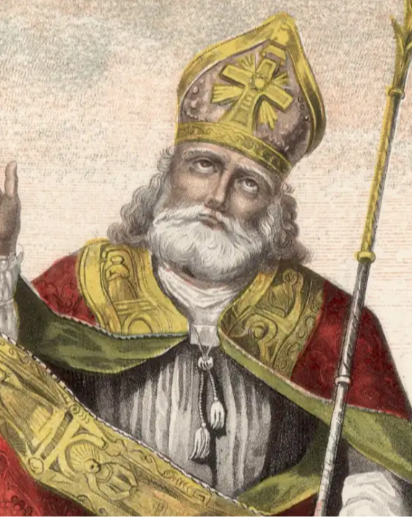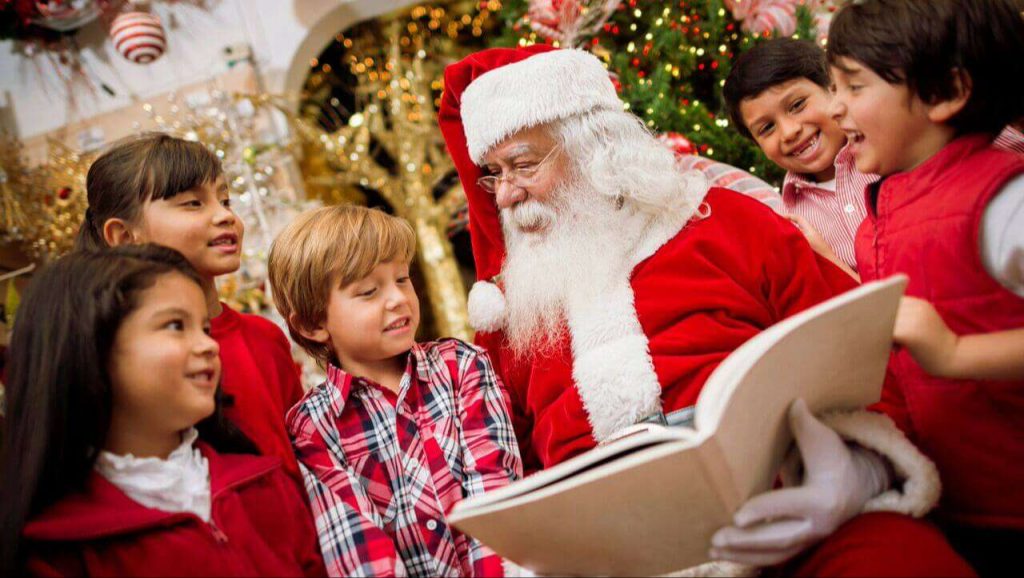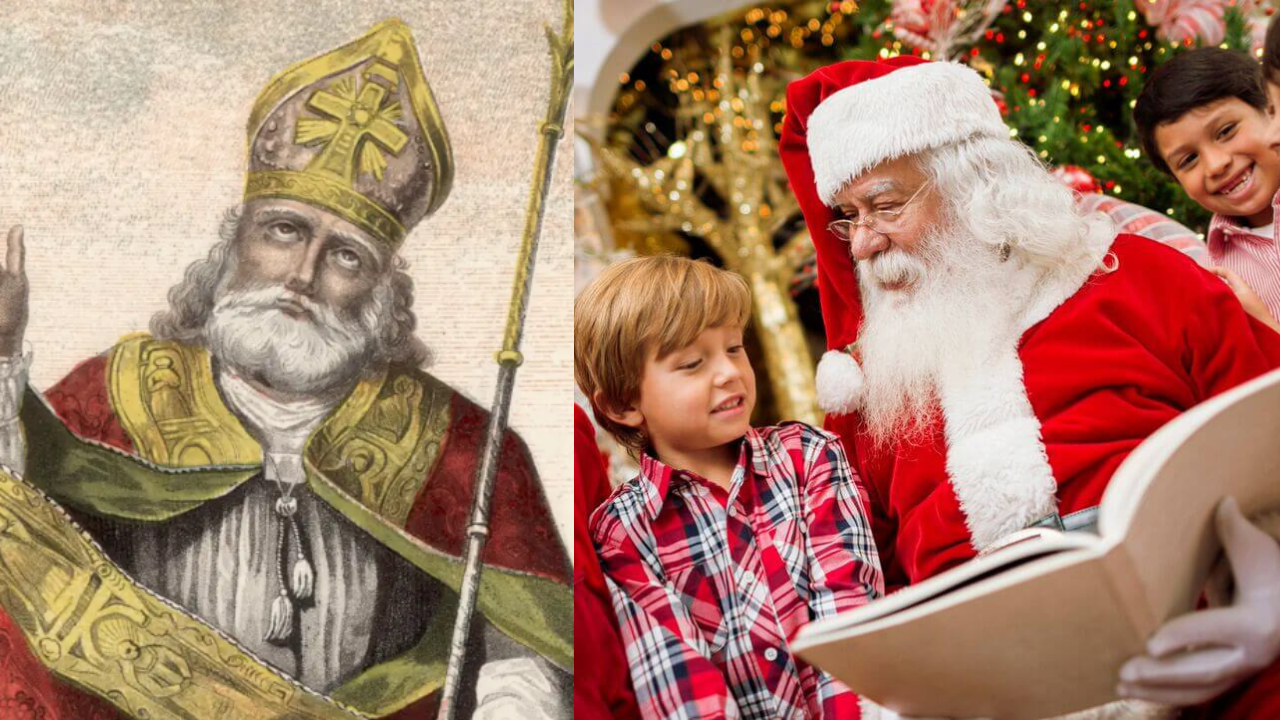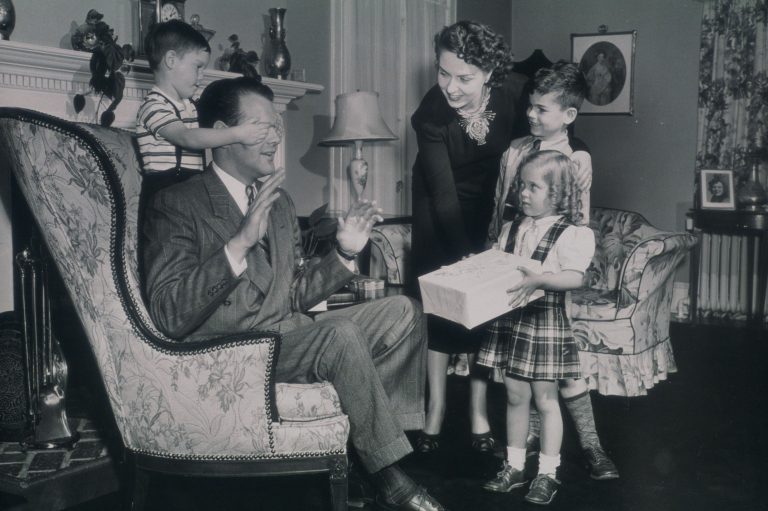As the holiday season dawns upon us, the jolly figure of Santa Claus becomes a central icon, especially for children eagerly anticipating his arrival on Christmas Eve. But who is the Santa Claus, and what is the origin behind this beloved and magical figure? Moreover, what ignites the enduring belief in Santa Claus among children around the world?
Table of Contents
ToggleOrigins of the Santa Claus
The legend of Santa Claus origin finds its roots in various historical and cultural influences, blending together to create the iconic figure we know today. One of the most prominent influences stems from Saint Nicholas, a Christian saint born in the 3rd century in what is now modern-day Turkey. Saint Nicholas was known for his generosity, particularly toward children and the less fortunate.

The tales of Saint Nicholas’s kindness and gift-giving spread across Europe, with various countries adopting their own versions of the benevolent figure. The Dutch tradition of “Sinterklaas” and the British figure “Father Christmas” are among those who contributed to the evolution of Santa Claus.
The modern image of the Santa Claus began to take shape in the 19th century in America, largely due to the influence of Clement Clarke Moore’s poem “A Visit from St. Nicholas” (commonly known as “The Night Before Christmas”), which portrayed Santa Claus as a jovial, rotund figure who delivers gifts on Christmas Eve via a sleigh pulled by reindeer.

As Yuletide cheer envelops the air and festivities adorn every street corner, the timeless figure of Santa Claus once again emerges from the hallowed mists of folklore to grace the season with his jolly presence. A beloved symbol synonymous with generosity and goodwill, Santa Claus embodies the spirit of Christmas across the globe, captivating the hearts of young and old alike.
Why Santa Claus is the Symbol of Christmas?
Santa Claus became the embodiment of Christmas cheer due to his association with the joy of giving. His iconic red suit, snowy-white beard, and jovial demeanor have come to represent the spirit of sharing, compassion, and the joy of selfless giving that defines the holiday season.

Santa Claus and the Tradition of Gift-Giving
The custom of Santa Claus delivering Christmas gifts is rooted in the legendary acts of Saint Nicholas, who was known for secretly providing assistance to those in need. This tradition has transcended time, evolving into the tradition of leaving gifts under Christmas trees on the night before Christmas, bringing joy and excitement to households worldwide.

Do Children Still Believe in Santa Claus Today?
The age-old question of whether children still believe in Santa Claus continues to intrigue many. In the ever-evolving world, the enchantment of Santa Claus retains its magic for numerous youngsters, fostering a sense of wonder and imagination during the holiday season. While some children eventually discover the reality behind Santa Claus, the spirit of belief often lingers, perpetuating the magic of Christmas in their hearts.

Despite modern advancements and varying cultural beliefs, the endearing charm of Santa Claus endures, symbolizing the universal values of kindness, generosity, and the joy of giving that remain at the core of the festive season.
As the festive fervor intensifies and the world prepares to welcome the jolly old soul once more, the spirit of Santa Claus continues to serve as a beacon of hope, reminding us all of the enduring power of goodwill and the joy found in selfless acts of kindness.












+ There are no comments
Add yours